Understanding what is mesh count in woven wire mesh is a critical aspect that defines its structure and utility across various industries. Mesh count in short can be mentioned as the number of openings per linear inch. It plays a pivotal role in determining the mesh’s aperture size, wire diameter, and overall performance characteristics.
Significance of Mesh Count
The mesh count directly correlates with the fineness or coarseness of the mesh weave. A higher mesh count indicates a greater number of openings per inch, resulting in smaller individual aperture sizes. Conversely, a lower mesh count signifies larger openings.
What are the standard mesh counts in woven wire mesh?
Standard mesh counts in woven wire mesh vary depending on the intended application and industry requirements. However, some commonly used mesh counts exist across various applications:
- Fine Mesh: Ranging from 200 to 400 mesh counts per linear inch, these fine meshes are prevalent in precision filtration tasks, such as pharmaceutical and laboratory applications.
- Medium Mesh: Mesh counts falling between 80 and 150 per linear inch belong to this category. They find utility in diverse industries, including food processing, chemical filtration, and particle separation.
- Coarse Mesh: Mesh counts in the range of 10 to 60 per linear inch characterize coarse meshes. They are used in applications like architectural design, mining, and heavy-duty sieving tasks where larger materials need to be filtered or separated.
- Custom Mesh: Beyond these standard ranges, custom mesh counts are tailored to specific requirements, often seen in specialized industries or unique applications demanding precise mesh characteristics.
Understanding what is mesh count and how it can significantly help in understanding mesh’s fineness or coarseness, aiding in the selection process for various applications.
Relationship between Mesh Count and Wire Diameter
The mesh count is inversely proportional to the wire diameter. A higher mesh count generally utilizes finer wires, while a lower count employs thicker wires. This relationship influences the mesh’s strength, filtration capability, and precision in applications.
What is mesh count commonly used across Industry?
Filtration and Sieving
In filtration applications, the stainless steel wire mesh with higher mesh count is preferred for fine filtration tasks, such as in pharmaceuticals or food processing, where precise particle separation is crucial. Conversely, lower mesh counts find utility in industries like mining or construction for sifting larger materials.
Industrial and Architectural Design
Mesh count also plays a vital role in architectural and industrial designs. Higher counts are used in intricate designs or structures requiring a delicate aesthetic, while lower counts serve functional purposes, providing durability and structural support.
Understanding what is Mesh Count Labels?
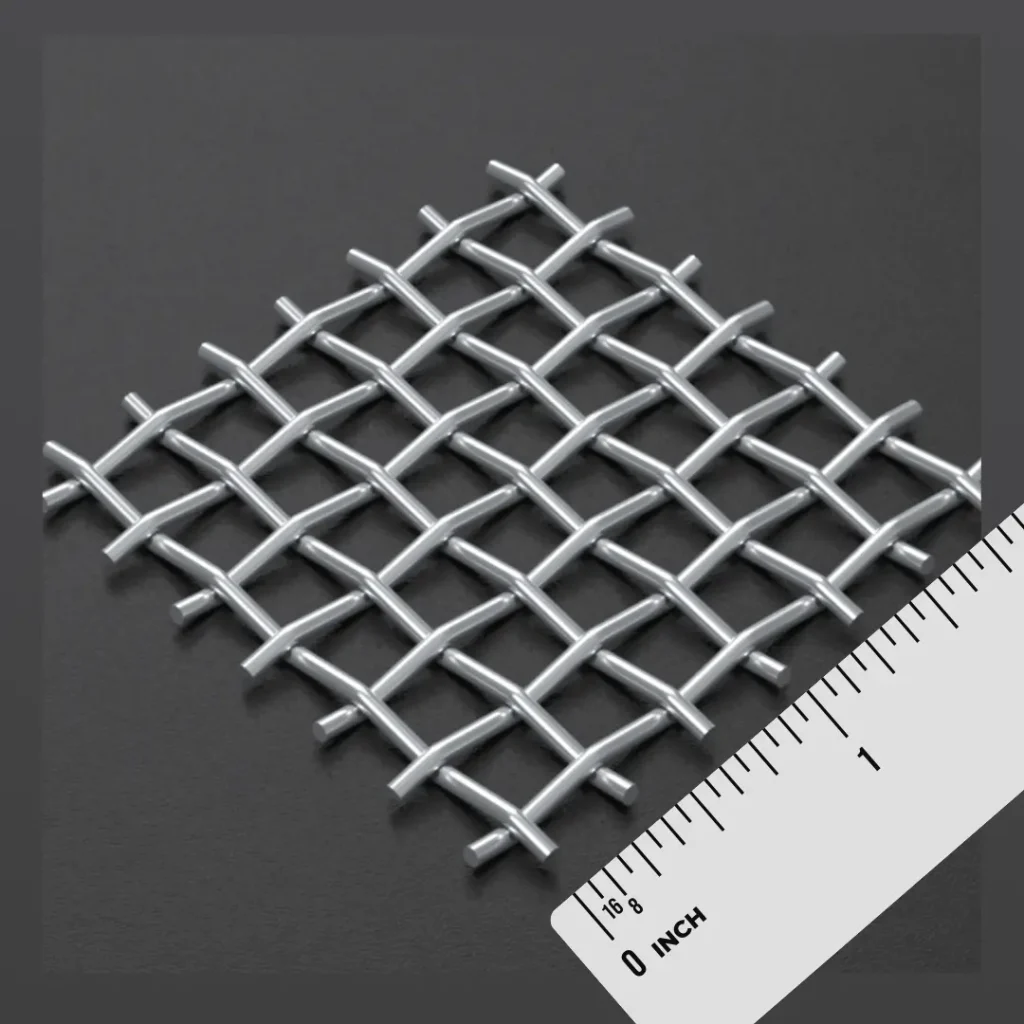
Mesh count labels are expressed as “X mesh” or “X wires per inch,” where “X” represents the numerical value denoting the number of openings or wires within a linear inch. Understanding what is mesh count labels aids in selecting the appropriate mesh for specific applications.
Conclusion
In conclusion, understanding what is mesh count in woven wire mesh is crucial for making informed decisions in various industries. The intricate relationship between mesh count, wire diameter, and applications underscores the importance of selecting the right mesh for specific tasks, ensuring optimal performance and efficiency.
This comprehensive understanding empowers industries to leverage the nuanced features of woven wire meshes, catering to diverse needs across filtration, design, construction, and more.
Still having doubt? Get expert advice from the best wire mesh supplier in UAE and across Middle East with over 40 years’ experience.
Mail us on [email protected] or send message on +971 58 677 7772 to get expert advice.
Faq (Frequently Asked Questions)
Mesh count is a measurement used in determining the fineness or coarseness of a mesh or screen, typically in fabric or materials like those used in sieves or filters.
It’s calculated by counting the number of openings per linear inch or centimeter in the mesh. For instance, a mesh count of 100 means there are 100 openings per linear inch.
A higher mesh count signifies a finer mesh with smaller openings per inch, while a lower count means coarser mesh with larger openings.
In various industries like screen printing or filtration, mesh count determines the level of detail in printing or the size of particles that can pass through a filter.
Yes, there are variations in how Mesh Count is measured, such as threads per inch (TPI) or threads per centimeter (TPC), depending on regional standards.

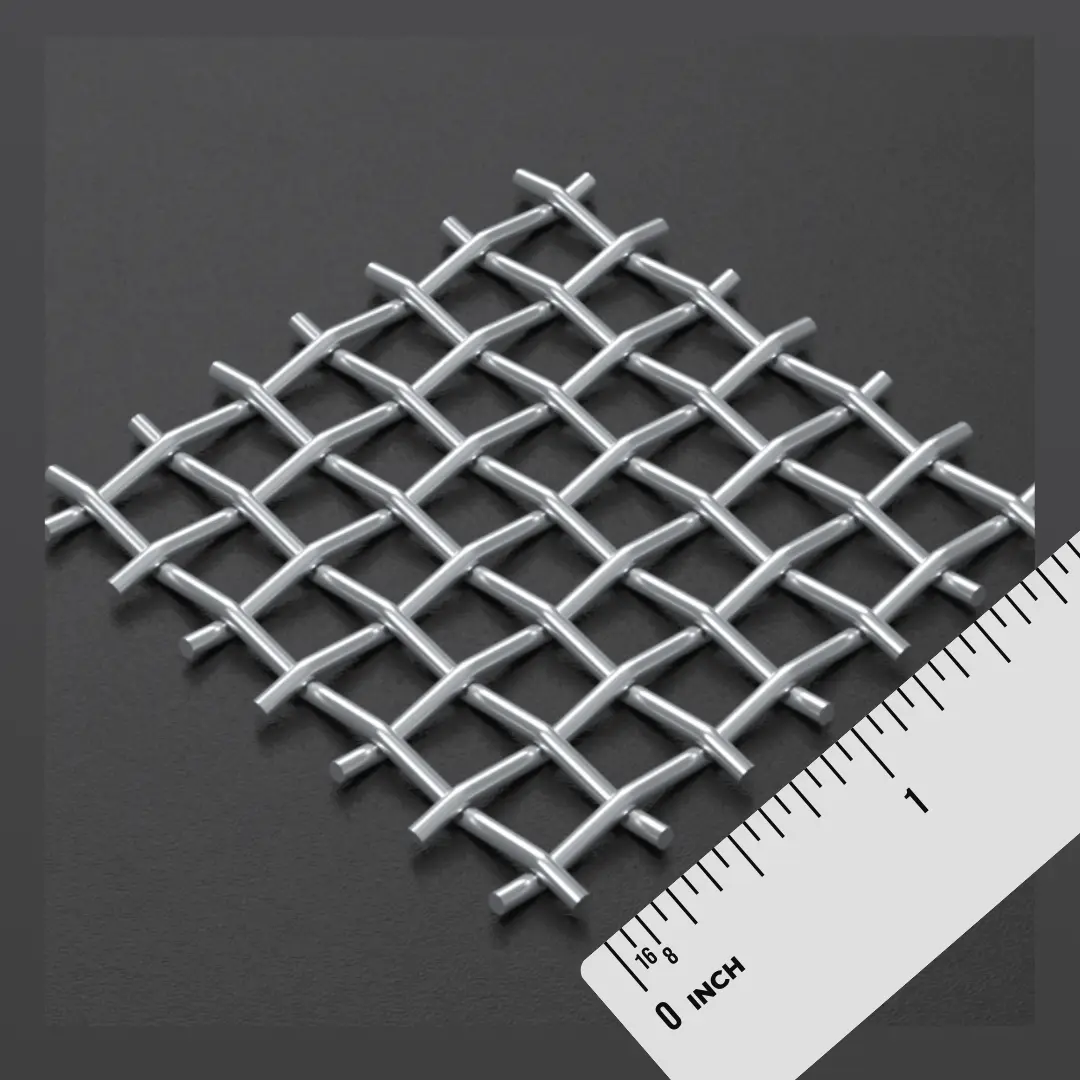
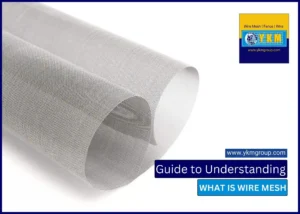
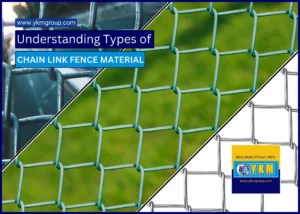
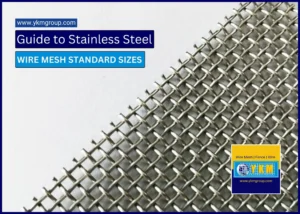

1 thought on “What Is Mesh Count in Woven Wire Mesh? Your Essential Guide”
Thank you, I have just been searching for information approximately this topic for a while and yours is the best I have found out so far. However, what in regards to the bottom line? Are you certain concerning the supply?
Comments are closed.